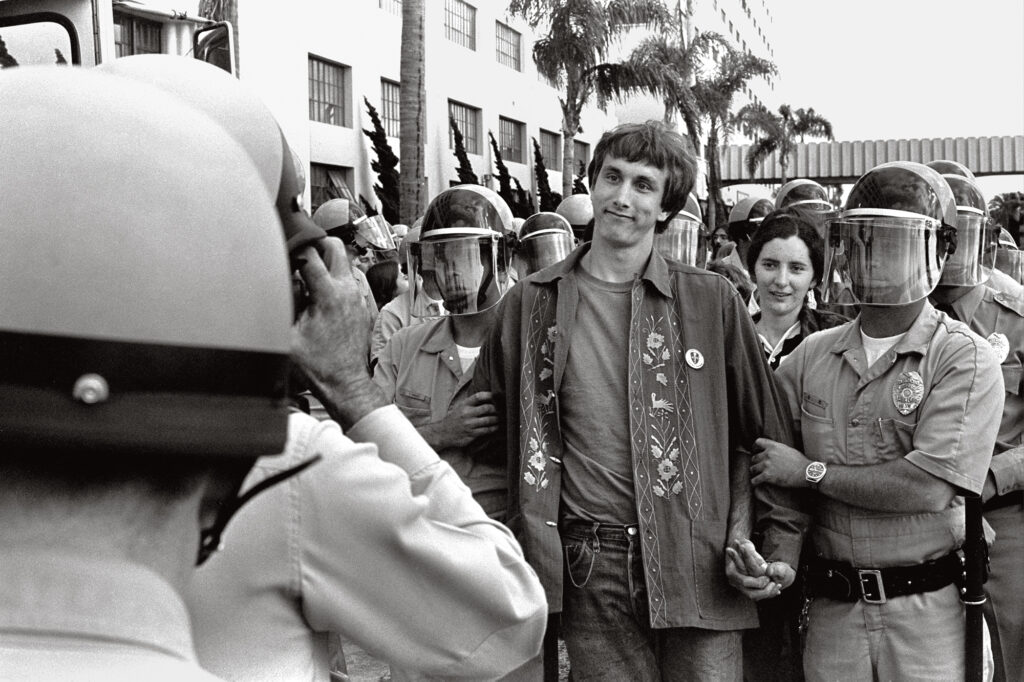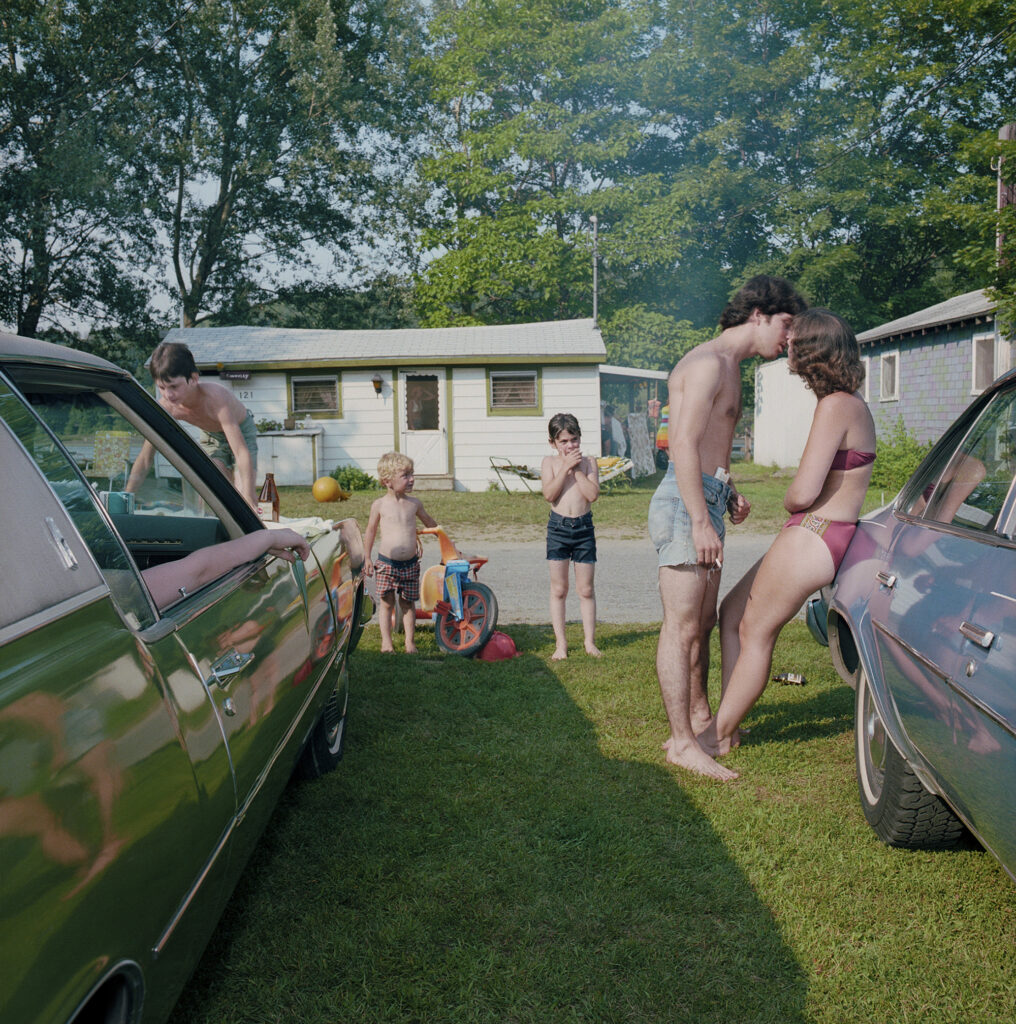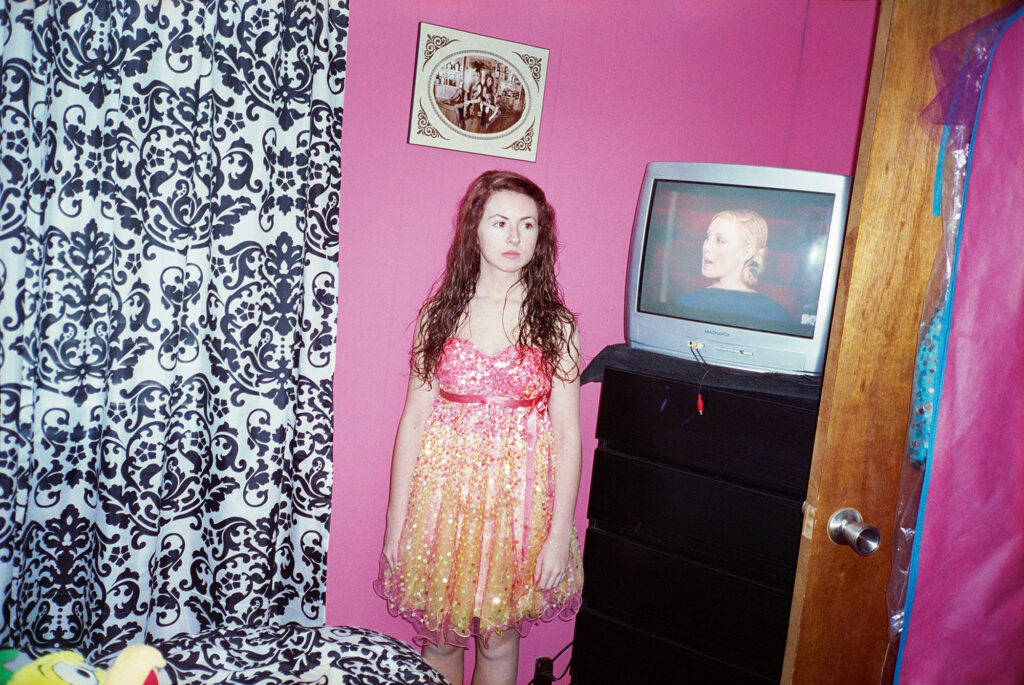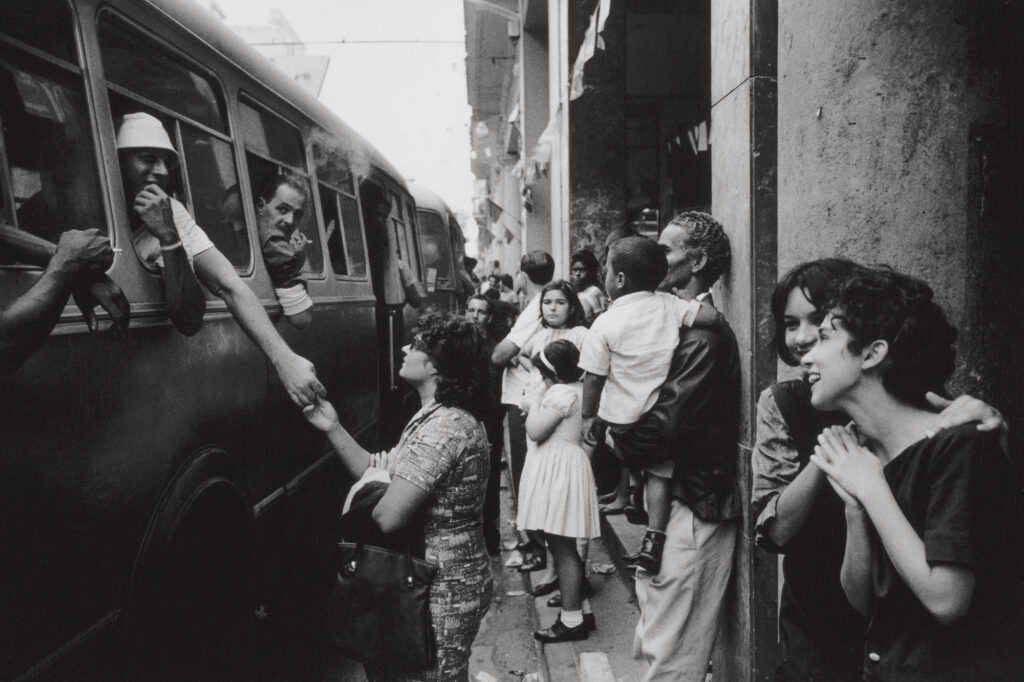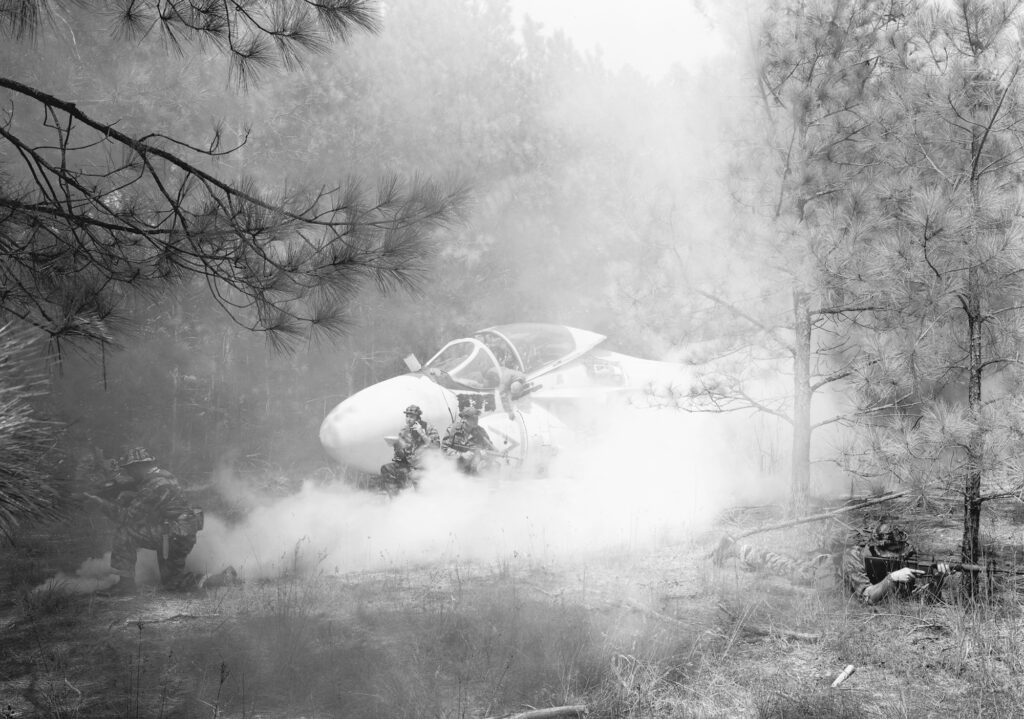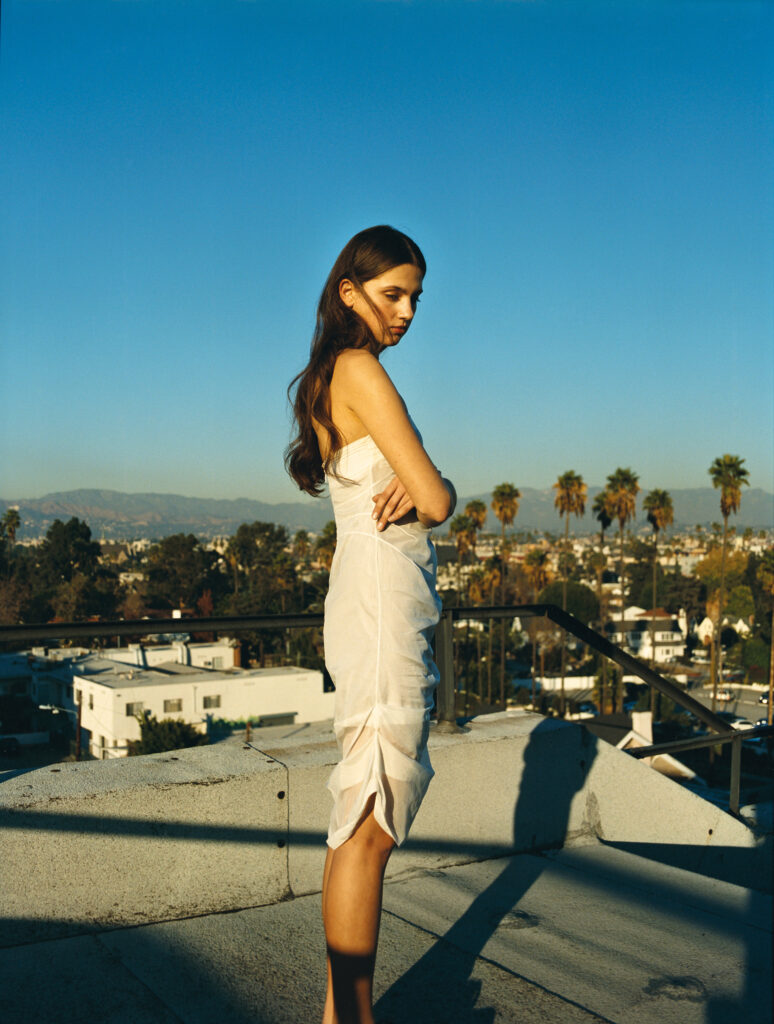
From the Archive
How Alex Webb Sees in Color
Since the 1970s, Webb has distilled gesture, light, and color into layered compositions. In this excerpt from his newly reprinted volume “The Suffering of Light,” the photographer reflects on his travels, shooting in color, and creating a “chronicle of the street.”
In 1975, I reached a kind of dead end in my photography. I had been photographing in black and white, then my chosen medium, taking pictures of the American social landscape in New England and around New York—desolate parking lots inhabited by elusive human figures, lost-looking children strapped in car seats, and dogs slouching by on the street. The photographs were a little alienated, sometimes ironic, occasionally amusing, perhaps a bit surreal, and emotionally detached. Somehow I sensed that the work wasn’t taking me anywhere new. I seemed to be exploring territory that other photographers—such as Lee Friedlander and Charles Harbutt—had already discovered. I happened to pick up Graham Greene’s novel The Comedians, a work set in the turbulent world of Papa Doc’s Haiti, and read about a world that fascinated and scared me. Within months, I was on a plane to Port-au-Prince.
That first three-week trip to Haiti transformed me—both as a photographer and as a human being. I photographed a kind of world I had never experienced before, a world of emotional vibrancy and intensity: raw, disjointed, often tragic. I began to explore other places—in the Caribbean, along the US-Mexico border—places, like Haiti, where life seemed to be lived on the stoop and in the street. Three years after my first trip to Haiti, I realized there was another emotional note that had to be reckoned with: the intense, vibrant color of these worlds. Searing light and intense color seemed somehow embedded in the cultures that I had begun working in, so utterly different than the gray-brown reticence of my New England background. Since then, I have worked predominantly in color.
Alex Webb: The Suffering of Light
65.00
$65.00Add to cart
Not a typical documentary photographer or photojournalist, I’ve worked essentially as a street photographer, exploring the world with the camera, allowing the rhythm and the life of the street to guide and inform the work. For me, everything comes, first and foremost, from the street. Whatever insights—sociopolitical, cultural, or aesthetic—I may have into the societies I have photographed over the years come not from preconception, but from the process of wandering the street. At times, I feel the street can sometimes be a kind of bellwether, hinting at sociopolitical changes to come.
Over the years, my way of seeing in color, which first emerged in the tropics, has expanded into various projects, leading me not just to other parts of Latin America and to Africa, but also to Florida and to Istanbul. I have been consistently drawn to places of cultural and often political uncertainty—borders, islands, edges of societies—where cultures merge, sometimes clashing, sometimes fusing. Some of my projects have taken years to complete. Others have been briefer. Many have overlapped. Sequenced more or less chronologically, this book reflects the sometimes chaotic, sometimes mysterious process of creation, interweaving projects and obsessions, themes and passions, cultural tensions and offbeat moments, into one continuous chronicle of the street, from 1979 to the present.



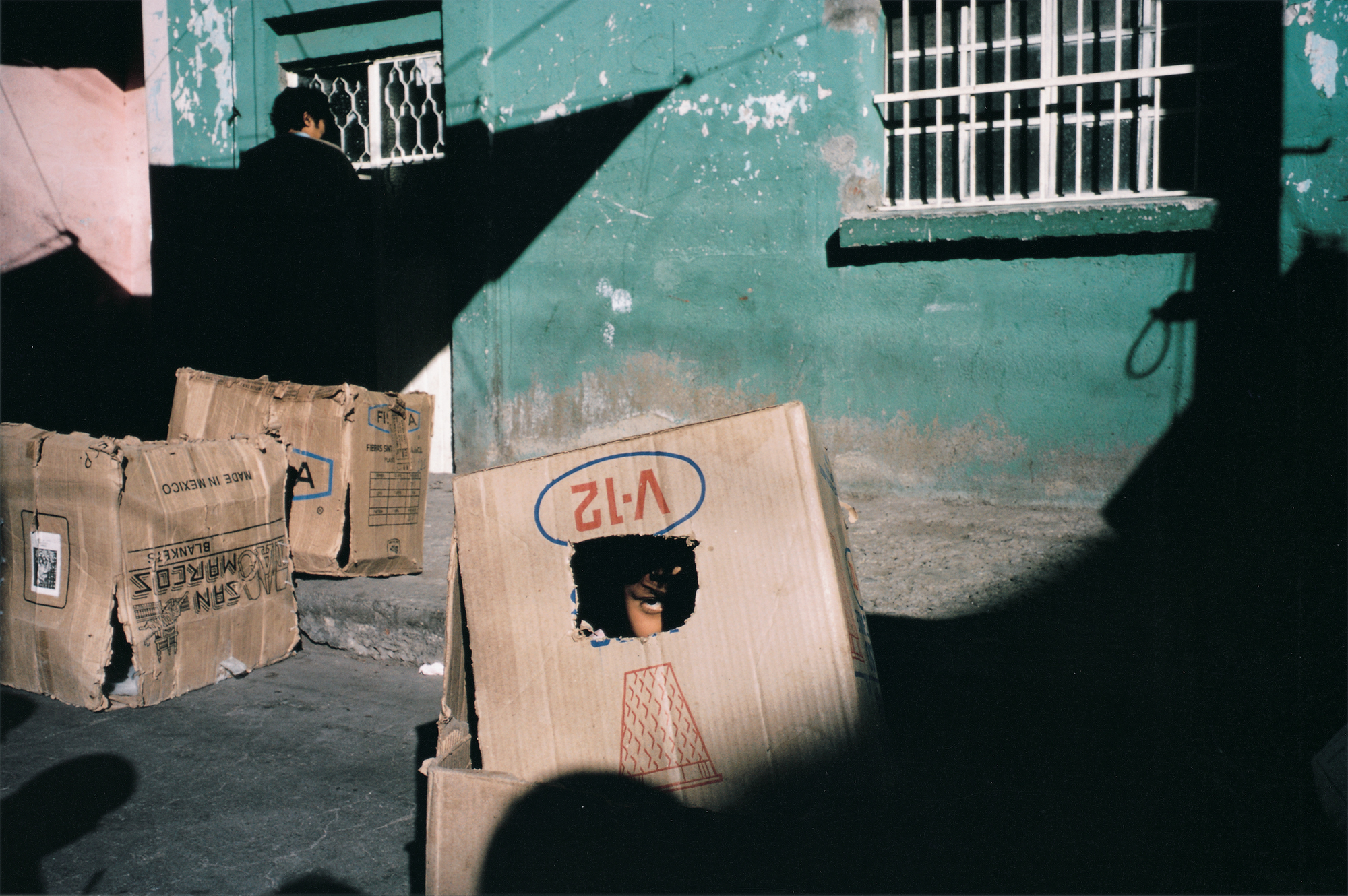

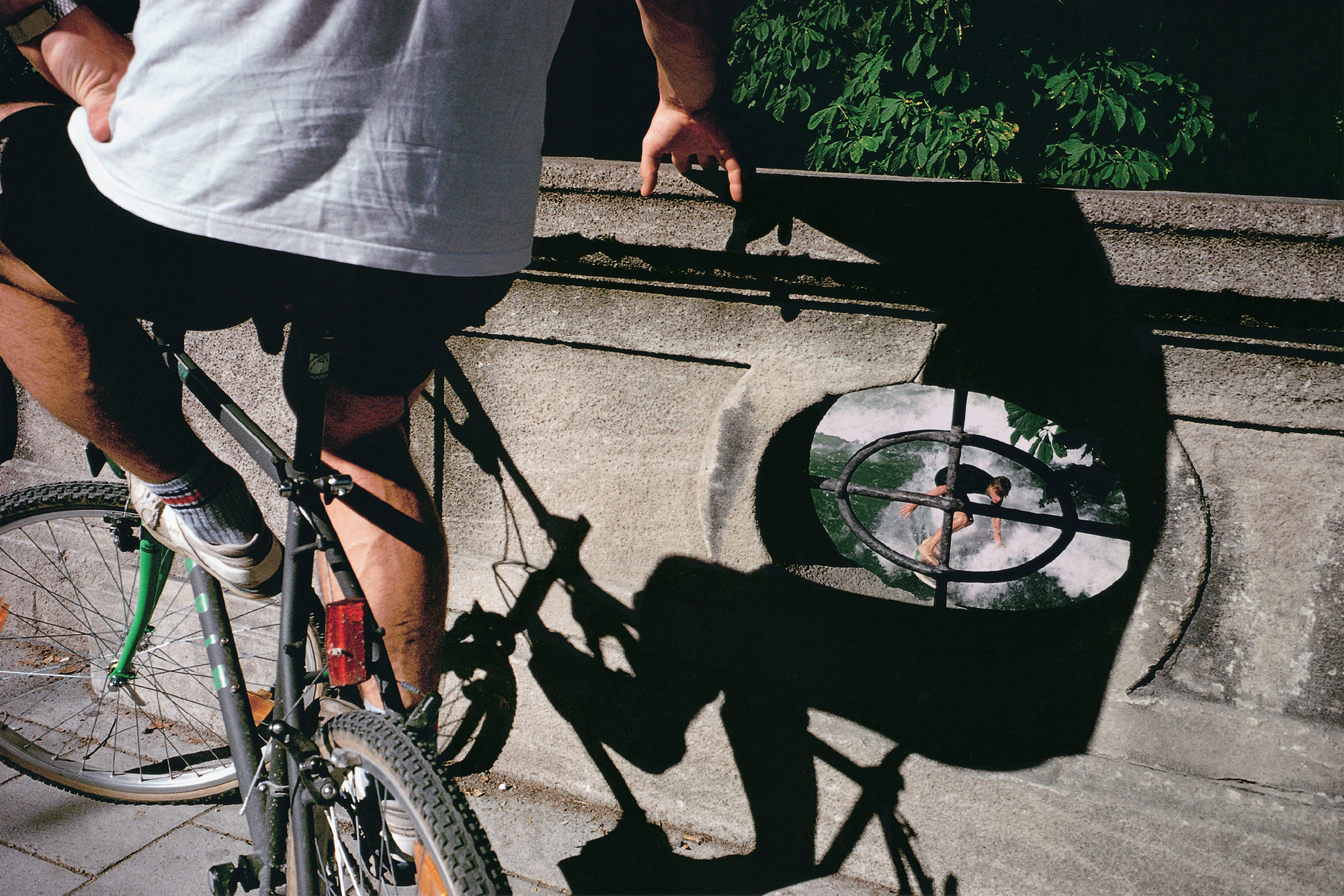
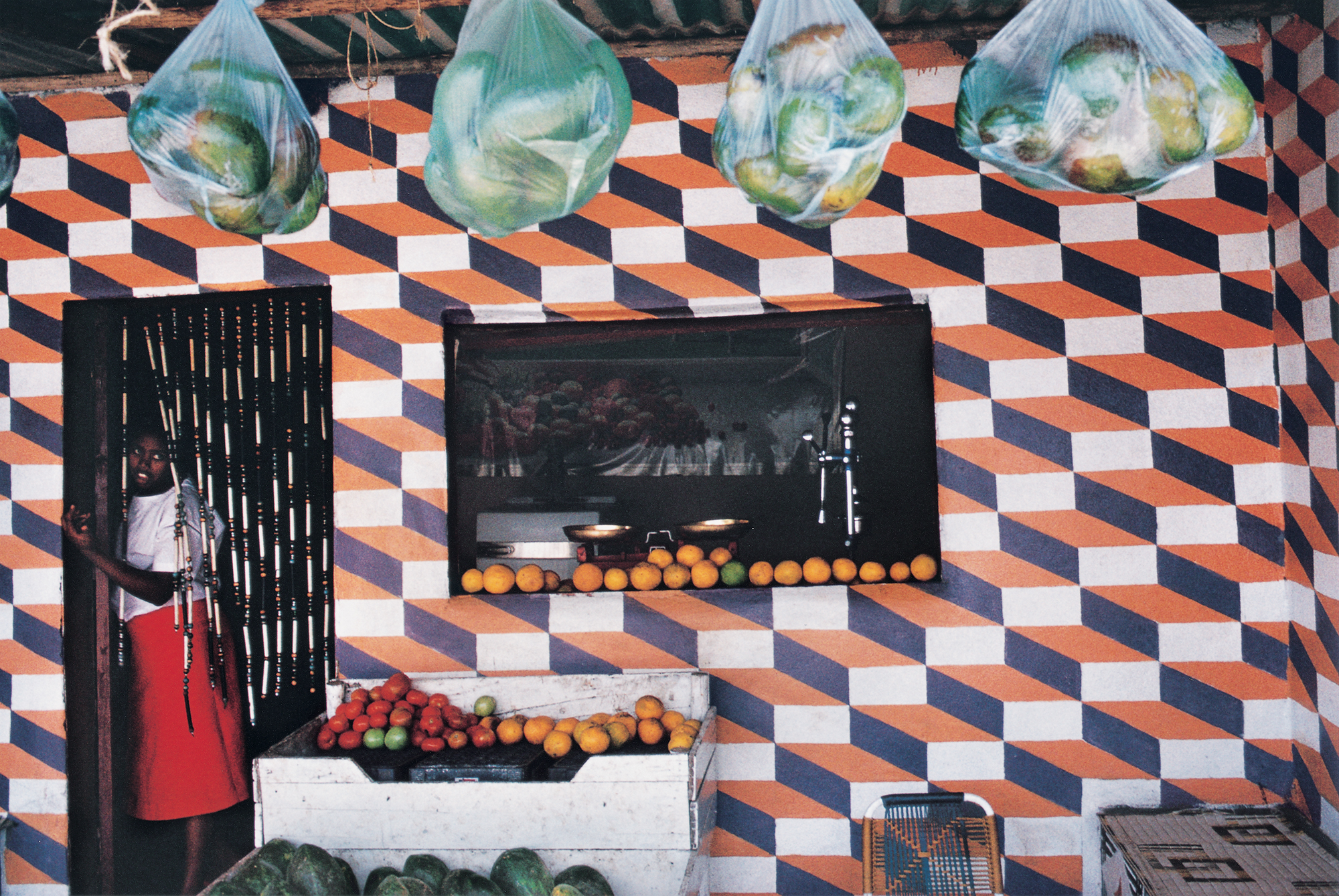
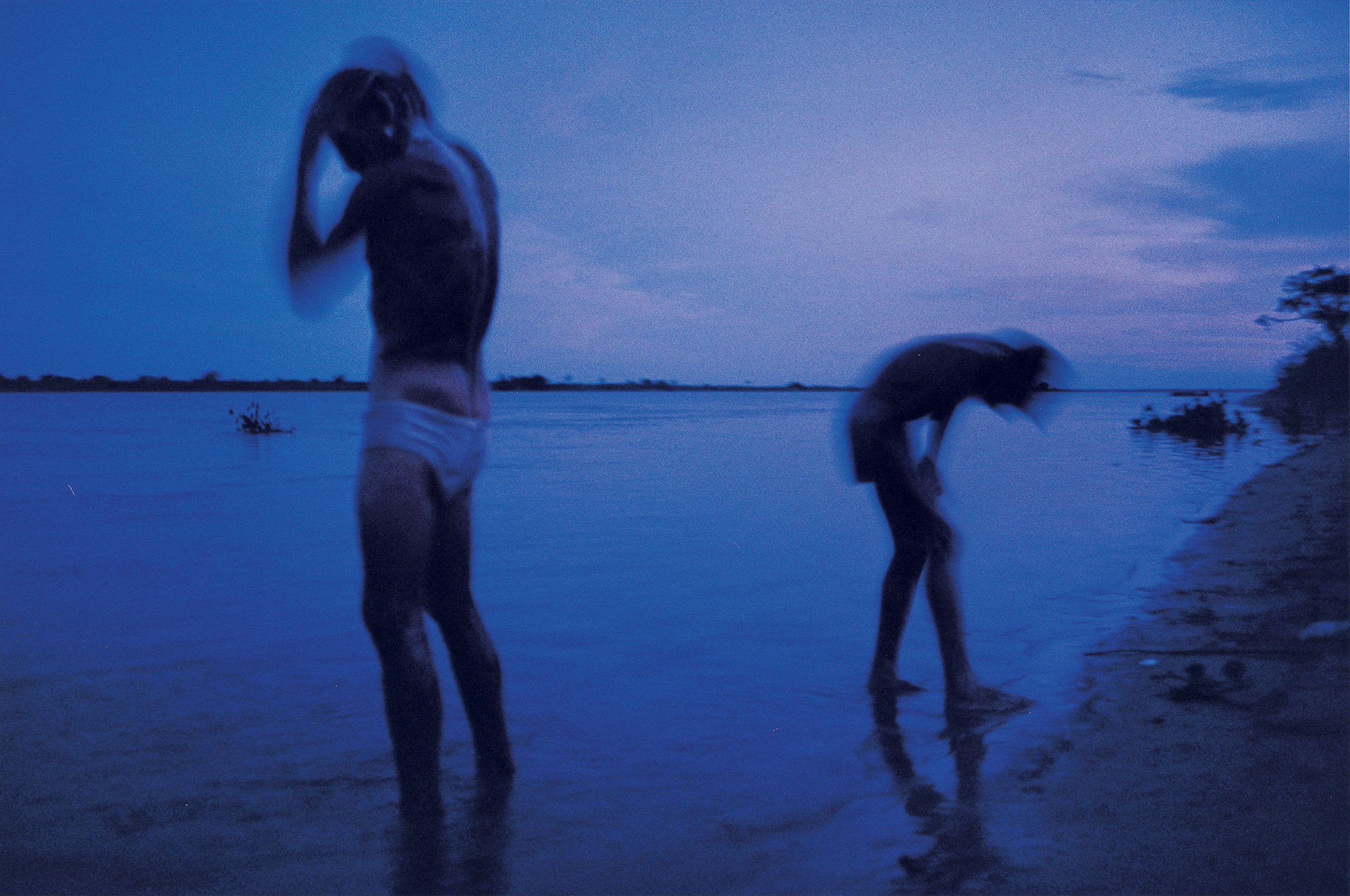
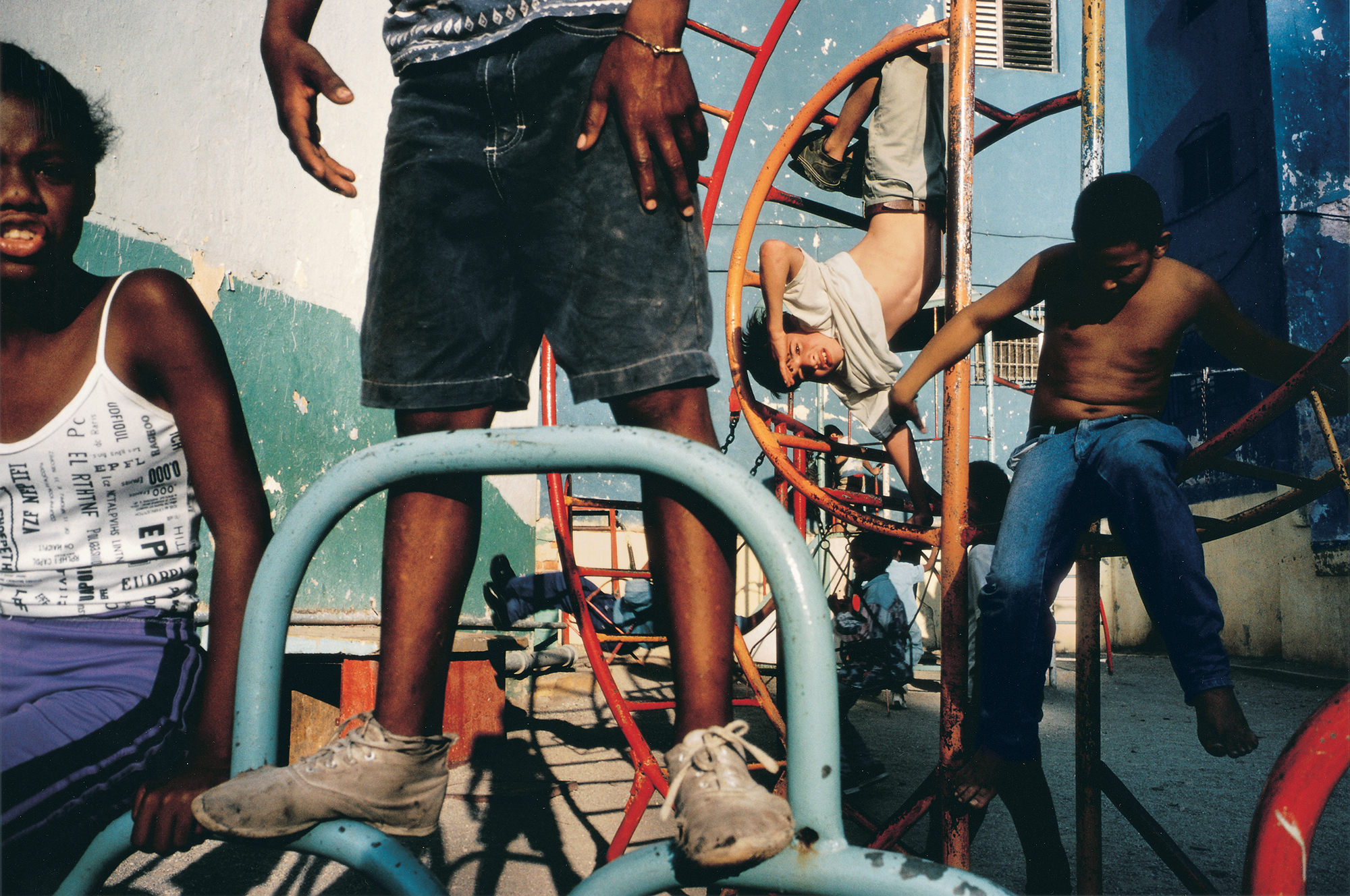

All photographs courtesy the artist and Magnum Photos
This text originally appeared in Suffering of Light (Aperture, 2011).





